Do copper nails kill trees? This is a question many property owners grapple with when they attempt to eradicate an unwanted tree. While some believe that copper nails will actively poison the roots of a tree, this old wives’ tale has been debunked by horticultural experts. In reality, using copper nails to kill trees can be damaging and unnecessary – in this blog post, we’ll explain why. With the right information and tools at your disposal, you can effectively remove any unsightly or unwelcome tree from your landscape without risking damage to other plants and foliage. We’ll cover how long it takes for a tree to die after being struck by copper nails as well as alternative methods that are quicker and less destructive in order to keep gardens safe while still ridding them of pesky overgrowth. Read on for our complete guide to killing trees with copper nails!
What are Copper Nails?
Copper nails are a unique type of fastener known for their anti-corrosive properties. Unlike traditional steel nails, copper nails resist rust and other forms of oxidation, making them an excellent choice for outdoor construction projects.
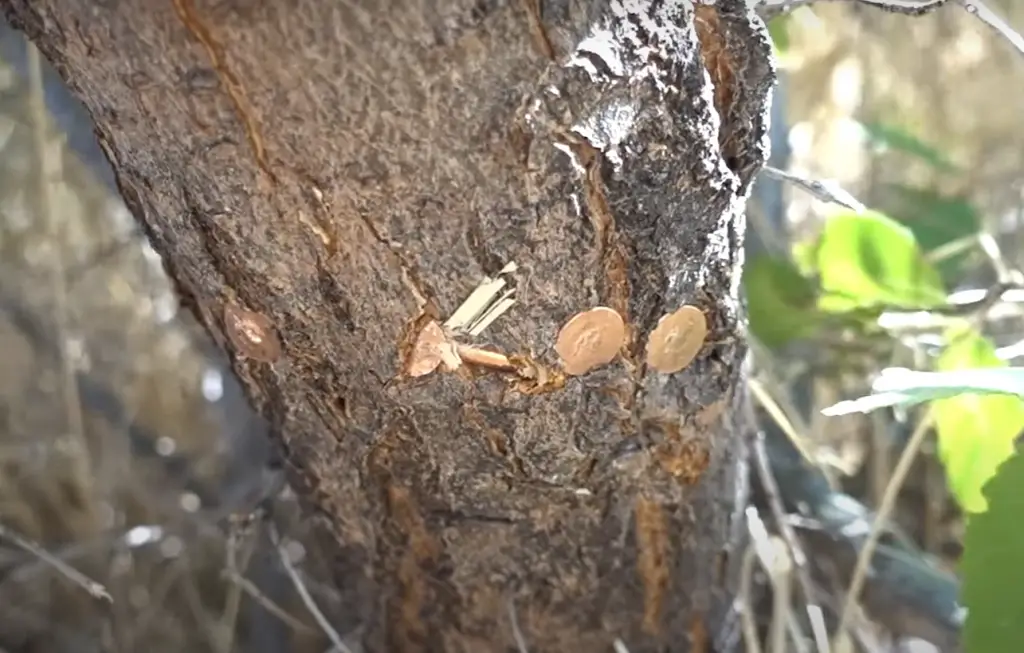
Copper imparts a distinct color and shine to the nails, adding an aesthetic element to their functionality. However, don’t let their beauty deceive you – copper nails are incredibly strong and durable, making them ideal for demanding applications such as roofing and masonry work. Despite their niche usage, copper nails are a vital component of many building projects and have been used for centuries due to their remarkable properties. [1]
Can You Kill a Tree With Copper Nails?
If you’re looking for a way to kill a tree, copper nails may seem like a convenient solution. However, the truth is a little more complex than that. Copper has some potential to slowly poison a tree over time, but it’s not exactly a fast-acting method of destruction. In order for the copper to have any effect, it needs to be in direct contact with the tree’s living tissue, and that’s not as simple as just hammering in a few nails. The tree also needs to be relatively small or weak to begin with, or else it will be able to outgrow the damage caused by the copper. All in all, using copper nails as a method of tree removal is not the most efficient or reliable method out there. It may work in some cases, but it’s no guarantee. [2]
Why You Might Want to Kill a Tree
Trees provide numerous benefits to the environment; they produce oxygen for us to breathe, they clean the air, they reduce soil erosion, and they provide shade and homes for countless animals. However, there are certain situations where killing a tree may be necessary. For example, if a tree is situated too close to a building or power lines, its roots and branches can damage the property or pose a safety hazard. Additionally, if a tree is diseased or dying, it may need to be removed to prevent the spread of disease to other plants. [3] While it may seem counterintuitive to kill a tree, sometimes it is the most responsible and necessary action to take. It is important to consult a professional arborist before making any decisions about tree removal to ensure the continued health and safety of your property and the surrounding environment.
How Do Copper Nails Kill Trees?
Now that we know why you might want to kill a tree, let’s take a look at how copper nails can be used as an effective method of removal.
Oxidation
When copper comes into contact with the tissues of a tree, it begins to oxidize. This process releases toxins which can slowly poison and kill the tree over time.
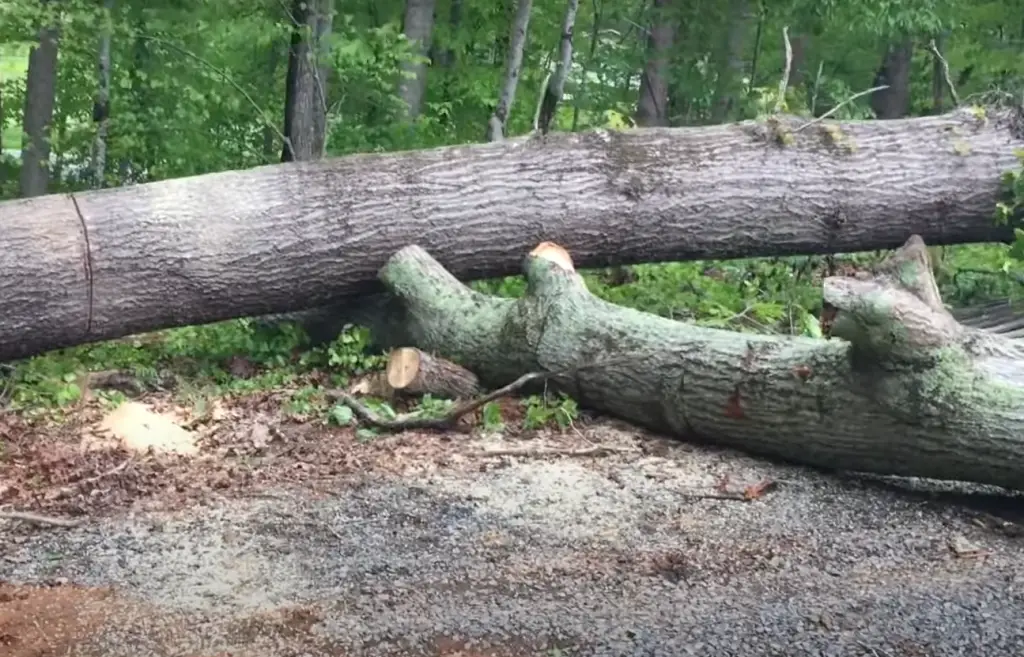
However, in order for this process to be effective, the nails must be placed in direct contact with the living tissue of the tree – usually through some sort of drilling or hammering. It’s important to note that this process will not work on larger or healthy trees, since their bark is too thick for the copper to penetrate and the tree can simply outgrow any damage caused by oxidation.
Stunts Cell Growth
Another way copper nails can kill a tree is by interfering with the tree’s cell growth. Copper has the ability to stunt a tree’s cell division, which prevents the tree from growing and reproducing. While this method may be effective in some cases, it usually takes a much longer time for the effects of copper to become visible, making it not as practical or reliable as other methods of removal.
Leaf Damage
Finally, copper nails can be used to damage a tree’s leaves in order to slowly starve it of the nutrients and energy it needs to survive.
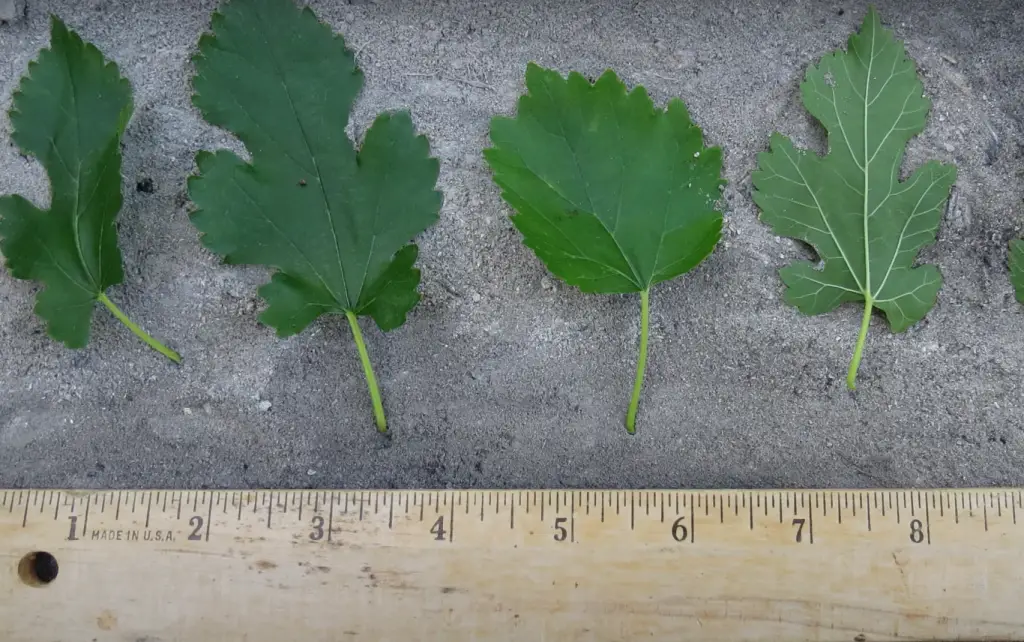
Copper has a toxic effect on many different types of vegetation, so if you place enough nails around the base of a tree, its leaves will begin to curl and die. This process can take weeks or even months to be fully effective, so it’s important to be patient and consistent in order for the tree to eventually die.
Root Damage
In addition to damaging the leaves, copper nails can also be used to poison a tree’s roots.
The process is similar to that of using copper nails on the trunk – the nails must be placed in direct contact with the tree’s root system in order for them to have any effect.It takes more time than leaf damage but can be equally effective in killing a tree.Pros and Cons of Using Copper Nails to Kill Tree Stamps
Copper nails can be an effective method of killing certain types of trees, but it’s important to consider the pros and cons before taking this route.
Pros:
- Copper nails are relatively inexpensive and easy to find.
- They don’t damage other plants or foliage in the process.
- They take longer than some alternative methods, making them ideal for those who want a slower, more gradual approach to tree removal.
Cons:
- It takes a long time for copper nails to have any effect on a tree – several weeks or even months in some cases. [4]
- The nails must be placed in direct contact with the tree’s living tissue, which can be difficult if the tree is larger or protected by a thick bark.
- Copper nails are not a surefire method of killing trees – some trees may be able to outgrow the damage caused by copper.
Ultimately, using copper nails to kill a tree is an effective but slow-acting process that requires patience and strategic placement of the nails in order for it to be successful.
Myths About Copper Nails
Copper nails have been the subject of many myths over the years. One such myth is that they can kill or control pests like snails and slugs when nailed into trees or fence posts. However, research has shown that this is not the case.
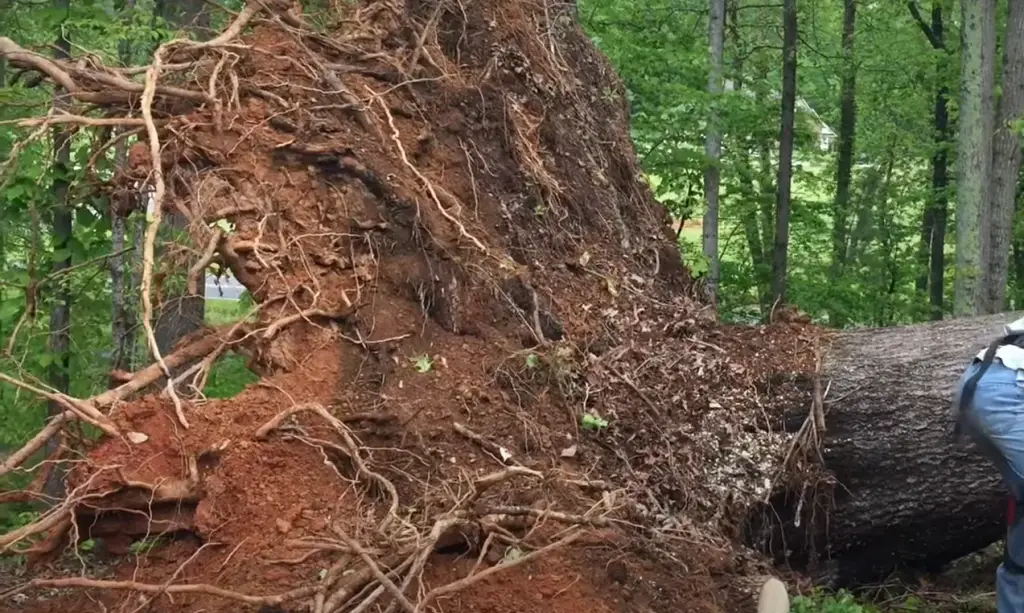
Another common myth is that copper nails can prevent or cure fungal infections in trees. Again, this is not supported by scientific evidence. Copper nails are, however, useful in certain applications such as roofing or boat-building, where they provide a sturdy and corrosion-resistant solution. It’s important not to rely on myths when it comes to copper nails, but instead to seek out accurate information and use them appropriately.
Step by Step: Killing a Tree With Copper Nails
If you decide that copper nails are the best option for killing a tree, here is a step-by-step guide to help you get started:
- Consult with an arborist or other professional to ensure that removing the tree is necessary and safe.
- Locate the tree’s trunk or root system and mark it with chalk or paint.
- Hammer in copper nails at regular intervals around the circumference of the trunk or roots, making sure they’re placed into direct contact with living tissue.
- Monitor the tree over time; if leaf damage begins to appear, it’s a sign that the process is working.
- Continue hammering in more copper nails as needed until the tree is completely dead.
Using copper nails to kill a tree is an effective but time-consuming process. It’s important to be patient and consistent in order for it to work, as well as to seek out the advice of professionals before taking any action. By following these steps, you can easily and safely remove unwanted trees from your property without harming other plants or animals in the process.
How to Properly Dispose of a Tree Stump After Using a Copper Nail to Kill It
Once you have successfully killed a tree using copper nails, it’s important to properly dispose of the remaining stump. This is not only important for safety reasons, but also for preventing any regrowth or damage to roots that may remain in the ground.
Depending on the size and location of the stump, there are a few different methods you can use for disposal. If it’s small enough, it can be removed by hand using an axe or saw. For larger stumps, you may need to hire a professional with access to specialized equipment such as a stump grinder or excavator. You can also pour boiling water over the top of the stump to accelerate decomposition and make removal easier. [5]
If none of these methods is an option, you may need to cover the stump with soil or mulch. This will prevent any new growth from sprouting and eventually lead to decay over time. Just make sure that no roots are exposed and that the area is kept free of debris to avoid pests or disease.
By following these steps, you can safely dispose of a tree stump after using copper nails to kill it. It’s important to take proper precautions during this process, as missteps can result in regrowth or damage to other plants or structures in your yard. With patience and care, however, you can easily remove unwanted trees from your property without harm.
Other Ways to Kill Trees, Stumps, and Roots
In addition to using copper nails, there are several other methods for killing trees, stumps, and roots.
Poison With Roundup
One method is to use a weed killer such as Roundup. This herbicide-based product can be applied directly onto the leaves and bark of a tree, where it will slowly be absorbed and kill the plant over time.
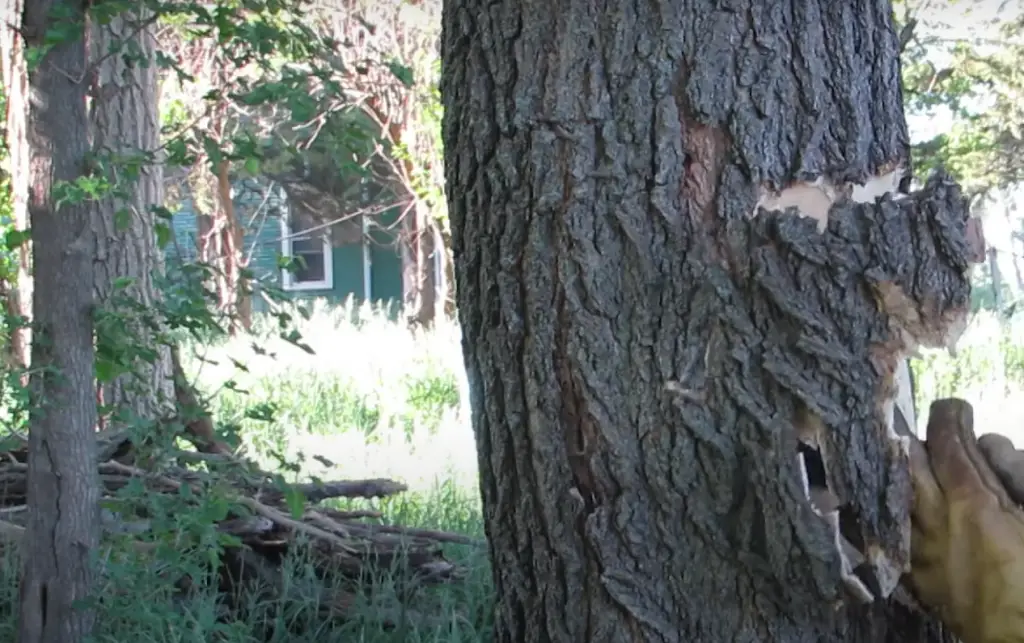
It can take several weeks or months for this process to fully take effect, but it’s an effective way to eliminate unwanted trees without damaging other plants in the area.
Ring-Bark the Tree
Another method is to physically remove a tree’s bark. This process, known as ring-barking, involves completely removing the outer layer of bark in a circle around the trunk or limbs of a tree. [6] This cuts off its access to water and nutrients, which can eventually cause it to die.
FAQ
How Many Copper Nails Do I Need to Kill a Tree?
The exact number of copper nails needed to kill a tree will depend on the size and type of tree, as well as the environment it’s growing in.
Can I Kill Poison Ivy With Copper Nails?
No – copper nails are not effective at killing poison ivy. In order to remove this invasive weed, you should use a combination of physical removal and chemical herbicides.
How Much Time It Takes to Kill a Tree Using a Copper Nail?
The amount of time it takes to kill a tree using copper nails will vary depending on the size of the tree, the environment it’s growing in, and how many nails are used. In general, it can take anywhere from several weeks to several months for the process to be completed.
Does a rusty nail kill a tree?
No, rusty nails will not kill a tree. In fact, rusty nails can even be beneficial for some trees, as the rust provides a source of iron which helps promote growth. Even if the rusty nail was to cause damage to the tree’s bark or roots, it would still take some time for the tree to die from this type of injury.
Will bleach kill a tree?
Yes, bleach can be used to kill a tree. When applied directly to the leaves and bark of a tree, it will act as a poison that slowly kills the plant over time. It’s important to use caution with this method, however – using too much bleach or applying it incorrectly may cause harm to other plants or animals in the area.
What is Copper Sulfate and What Does it Do to Trees?
Copper sulfate is a chemical compound that has been used for over a century as a fungicide and herbicide. It is commonly used to control algae and aquatic weeds in ponds and swimming pools, as well as to treat copper deficiencies in soil for agricultural purposes.

When applied to trees, copper sulfate can kill fungi and moss that can damage or kill the tree. It works by disrupting the enzyme systems of these organisms. However, it is important to note that copper sulfate can also be harmful to trees if applied incorrectly or in excess. It can cause leaf damage or even kill the tree if not used carefully. As with any chemical treatment, it is important to follow instructions carefully and consult with a professional if necessary before using copper sulfate on trees.
What Kills Trees Naturally?
Natural causes of tree death include old age, disease, starvation, insects and other pests, competition for light and nutrients, extreme weather conditions such as floods or droughts, root rot due to poor soil drainage, and even fire. For example, an old tree may become weakened due to decay caused by fungi that enter through wounds or cracks in the bark. The tree’s natural defenses are further weakened over time until it can no longer withstand the stress from storms or high winds leading to its collapse. Disease can also spread quickly into a tree’s vascular system leading to sudden death without obvious external signs. Insects and other pests often bore deep into a tree’s trunk or roots leaving them vulnerable to infection and eventual death. Competition for sunlight is also an important factor in tree death. When trees are planted too close together, one or more may not be able to survive because there isn’t enough light to sustain it. Finally, extreme weather conditions such as flooding or drought can take a toll on even the hardiest species of tree. Soil that doesn’t drain properly can lead to root rot which will eventually kill the tree if left untreated. Fire is another natural cause of tree death and can be caused by lightning strikes, human activity, or even volcanic eruptions. No matter what the cause of death, once a tree has died it cannot easily be replaced and might take years before a new sapling takes its place in nature’s grand cycle of life and death.
Useful Video: Do Copper Nails Actually Kill Trees?
Conclusions
Copper nails can most certainly kill trees, though not quickly enough to be the most preferable method. It is a slow and steady process, one that you must be patient with. However, the positives of copper nail over other methods of tree killing make it a decent choice if speed and efficacy are not your top priorities. Keep in mind the dangers of oxidation as well as root damage that can come from such an approach. In addition, there are many other ways to kill a tree such as poison or ring-barking – all of which should still only be used when necessary. If you decide to use copper nails to kill your tree, do so responsibly and safely and follow proper protocol for disposal afterwards – whether that’s by burying the stump or using an eco-friendly method like grinding or chemical removers. Ultimately though, killing a tree should always be done thoughtfully and with purpose due to its irreversible nature and impacts on ecosystems.
References:
- https://nailsprettyy.com/2023/04/28/why-copper-nails-are-a-popular-choice/
- https://8billiontrees.com/trees/does-a-copper-nail-kill-a-tree/#:~:text=Copper%20nails%20are%20often%20used,causing%20the%20tree%20to%20die.&text=However%2C%20it%20can%20take%20several,poisoning%2C%20so%20patience%20is%20essential.
- https://www.thespruce.com/how-to-kill-a-tree-7108256#:~:text=Trees%20add%20beauty%20and%20value,to%20your%20home%20or%20outbuildings.
- https://www.backyarddigs.com/landscaping/will-copper-nails-kill-a-tree/ \
- https://todayshomeowner.com/lawn-garden/guides/how-to-kill-a-tree-stump/
- https://www.rhs.org.uk/plants/types/trees/ring-barking





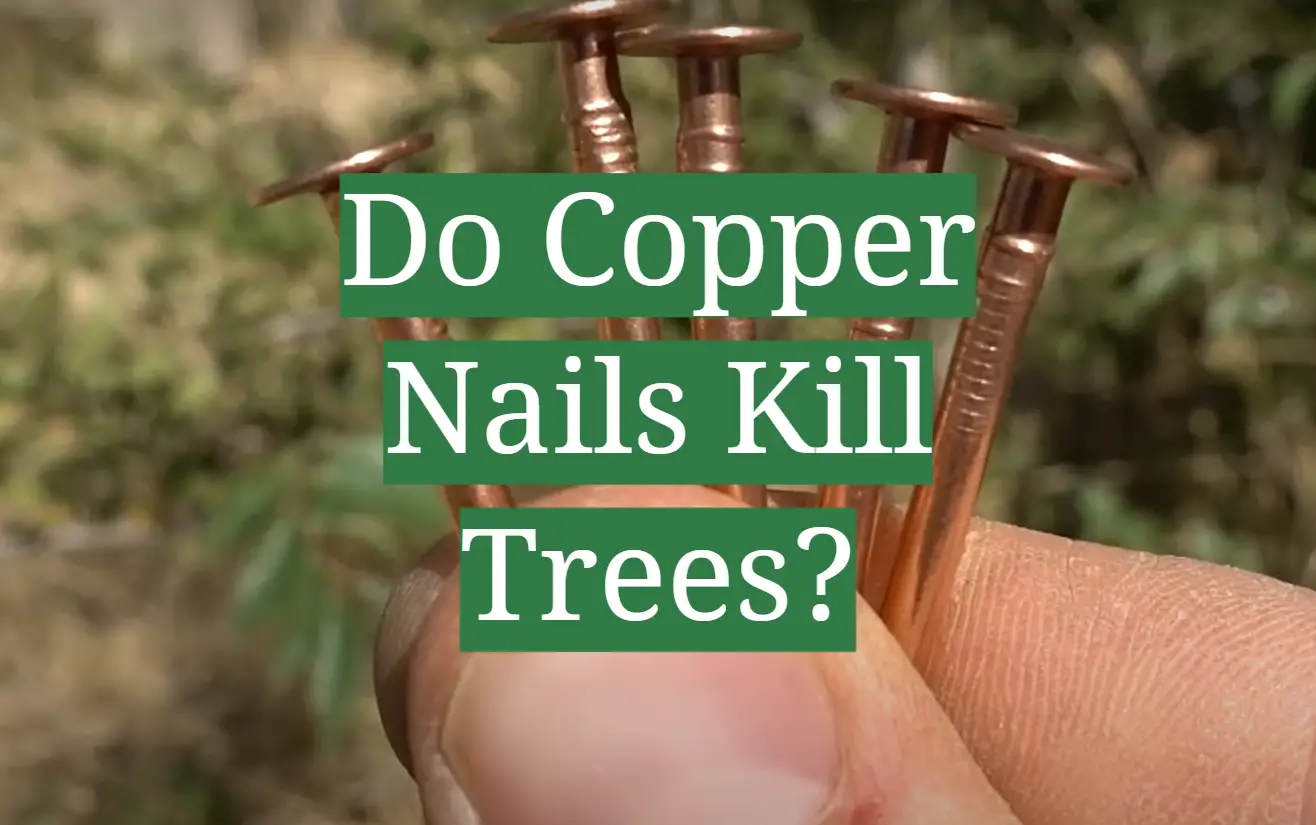




Leave a Reply
View Comments